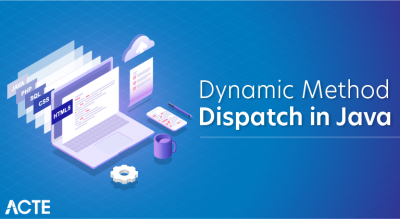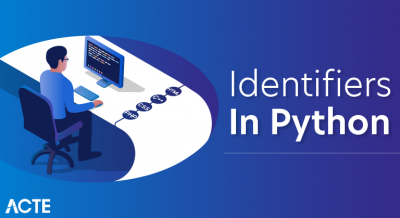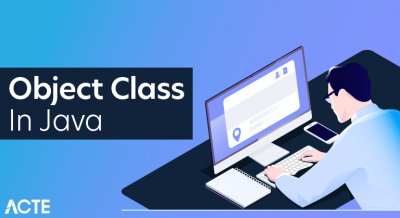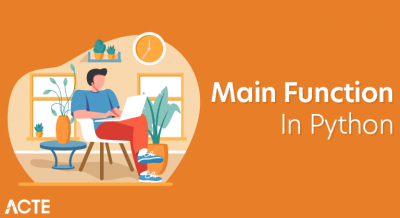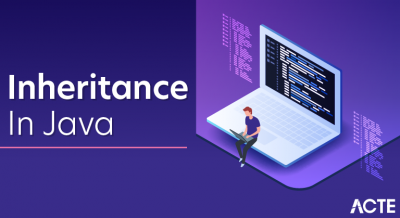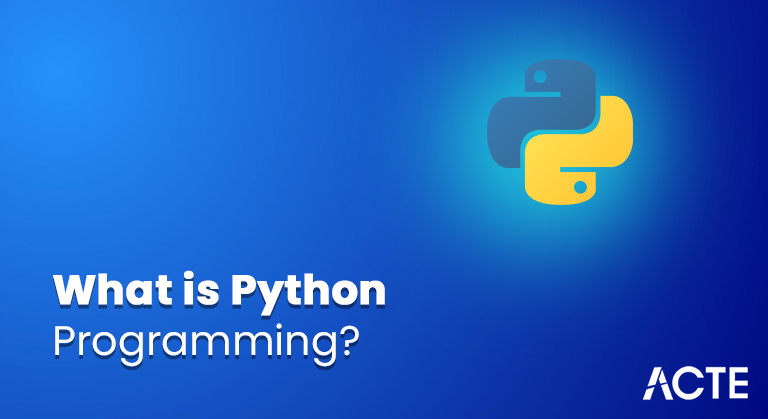
Intoduction :-
Python is an interpreted, object-oriented, high-level programming language with dynamic semantics. Its high-level built in data structures, combined with dynamic typing and dynamic binding, make it very attractive for Rapid Application Development, as well as for use as a scripting or glue language to connect existing components together. Python’s simple, easy to learn syntax emphasizes readability and therefore reduces the cost of program maintenance. Python supports modules and packages, which encourages program modularity and code reuse. The Python interpreter and the extensive standard library are available in source or binary form without charge for all major platforms, and can be freely distributed.
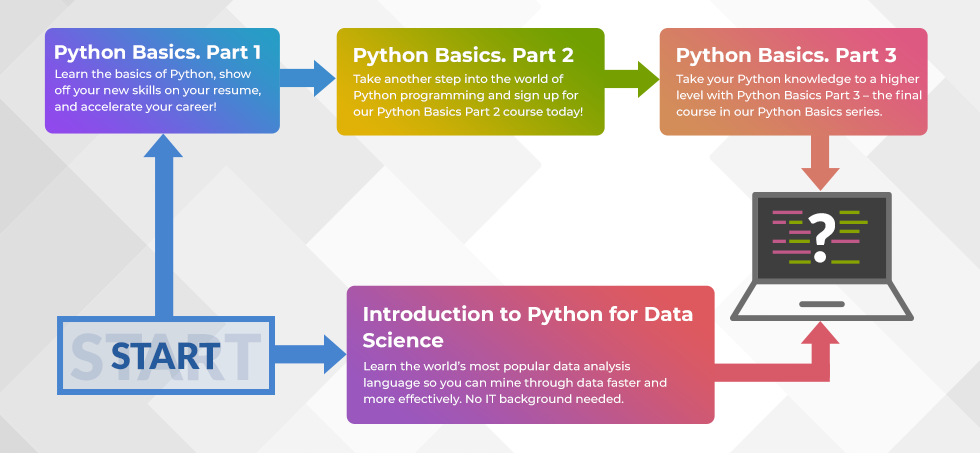
Tools :-
PyCharm is another good option that does it all…for Python. This editor specifically runs Python code. It has: Interactive Jupyter.
- Easy to code
- Free and Open Source
- Object-Oriented Language
- GUI Programming Support
- High-Level Language
- Extensible feature
- Python is Portable language
- Python is Integrated language
Features :-

Types :-
There are four main Python coding styles: imperative, functional, object-oriented, and procedural. A Python method is like a Python function, but it must be called on an object. And to create it, you must put it inside a class. Now in this Car class, we have five methods, namely, start(), halt(), drift(), speedup(), and turn().
Syntax :-
The syntax of the Python programming language is the set of rules that defines how a Python program will be written and interpreted (by both the runtime system and by human readers). The Python language has many similarities to Perl, C, and Java.
How it works?
Python is a dynamic, interpreted (bytecode-compiled) language. … Python tracks the types of all values at runtime and flags code that does not make sense as it runs. An excellent way to see how Python code works is to run the Python interpreter and type code right into it.
Why?
Python is a computer programming language often used to build websites and software, automate tasks, and conduct data analysis. Python is a general purpose language, meaning it can be used to create a variety of different programs and isn’t specialized for any specific problems.
- Artificial Intelligence.
- Data Science.
- Web Development.
- Machine Learning.
- Embedded Application.
- Game Development.
- Business Applications.
Trends :-
- Easy to Read, Learn and Write. Python is a high-level programming language that has English-like syntax.
- Improved Productivity. Python is a very productive language.
- Interpreted Language.
- Dynamically Typed.
- Free and Open-Source.
- Vast Libraries Support.
- Portability.
Benefits :-
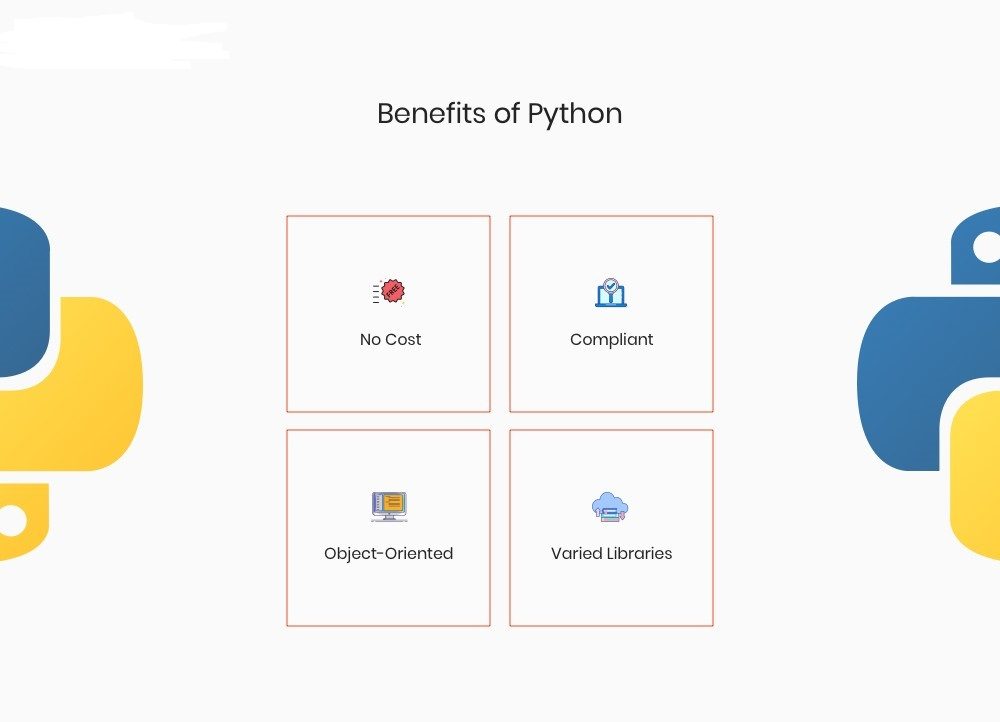
Conclusion :-
Understanding the syntax of Python is great and all, and Python by itself is indeed a great language, but the fundamentals of Python aren’t why Python is a successful language. There are plenty of fun-to-write languages that are just like Python, such as Ruby, Julia, even R.

